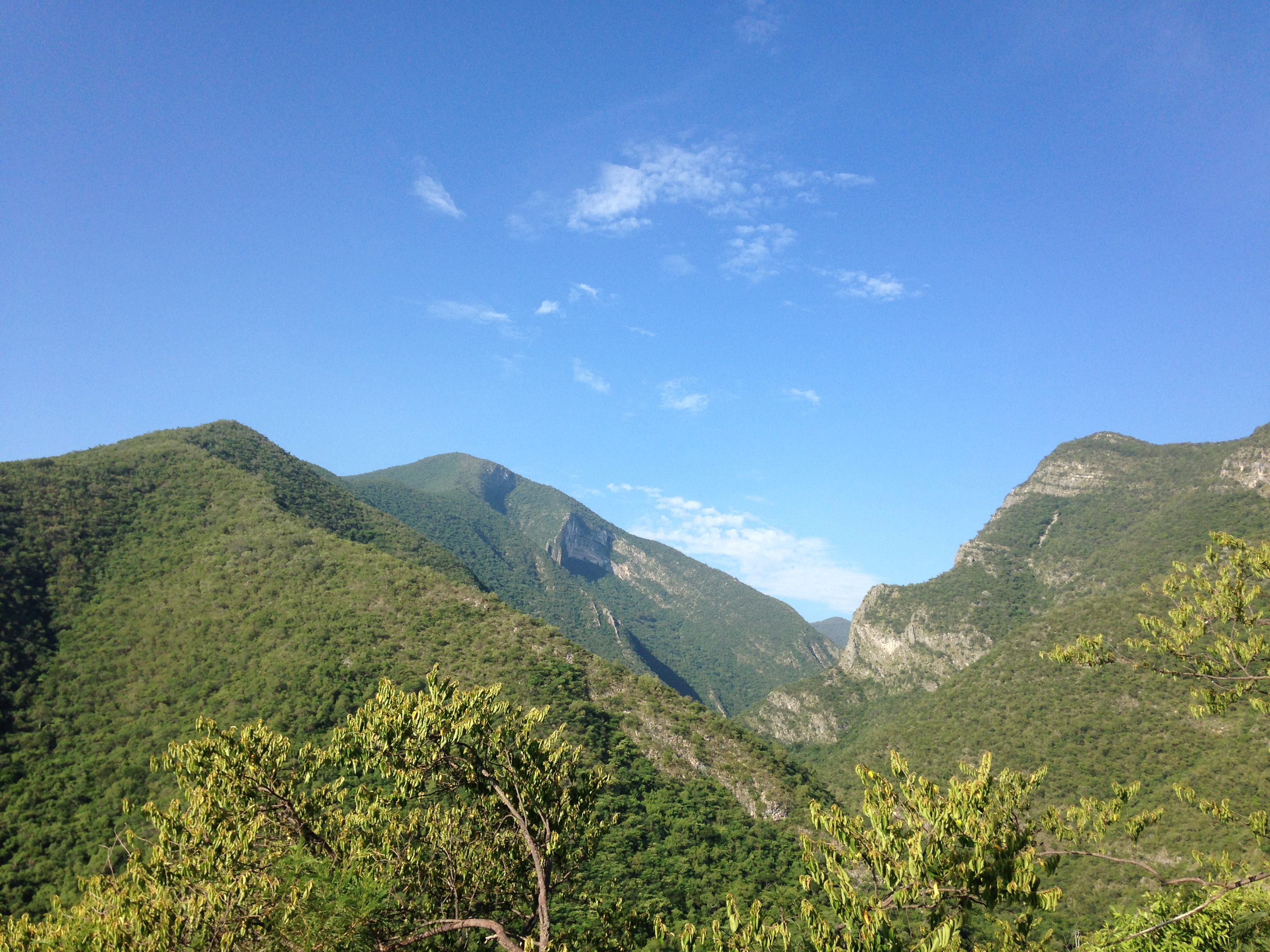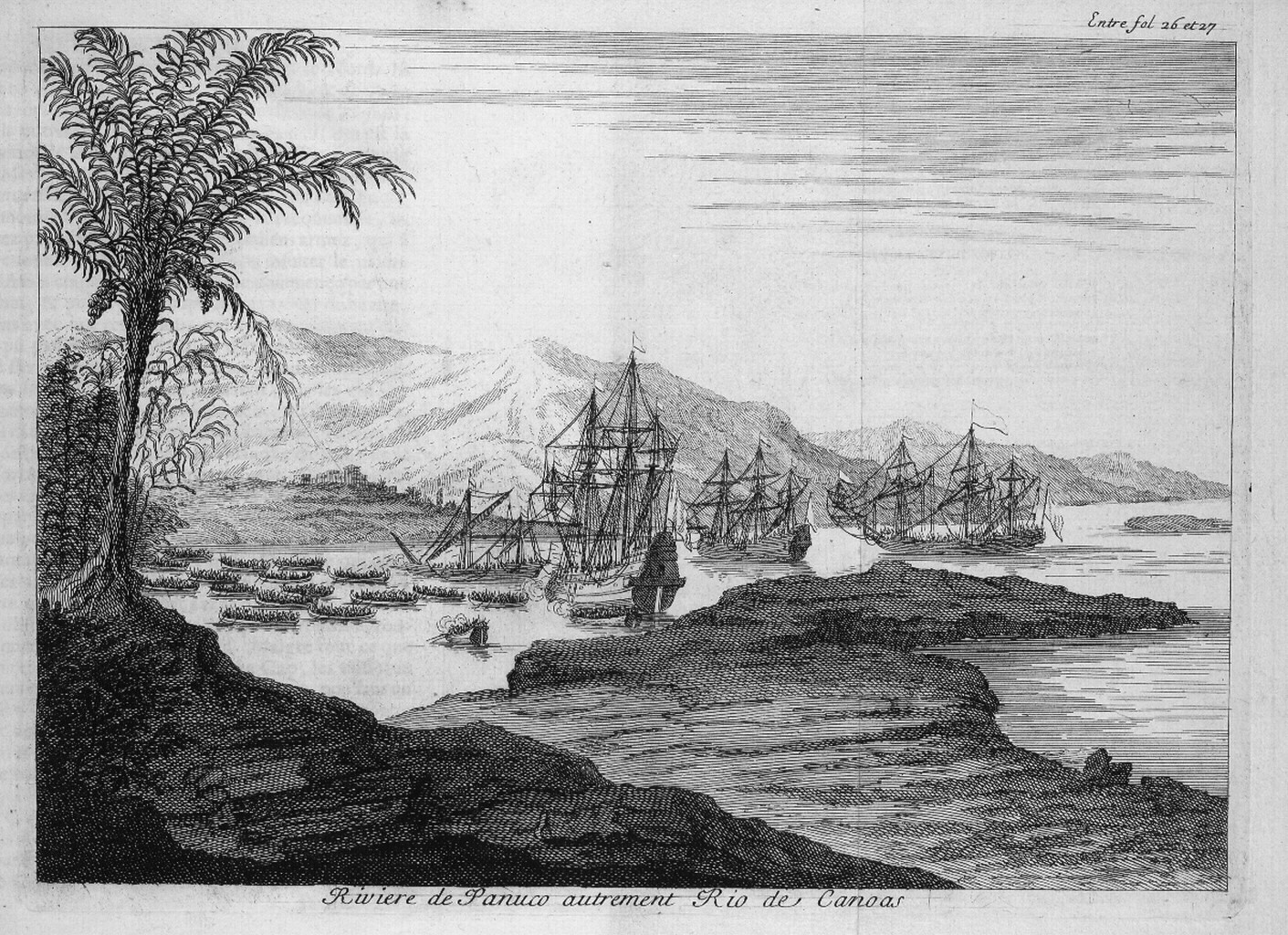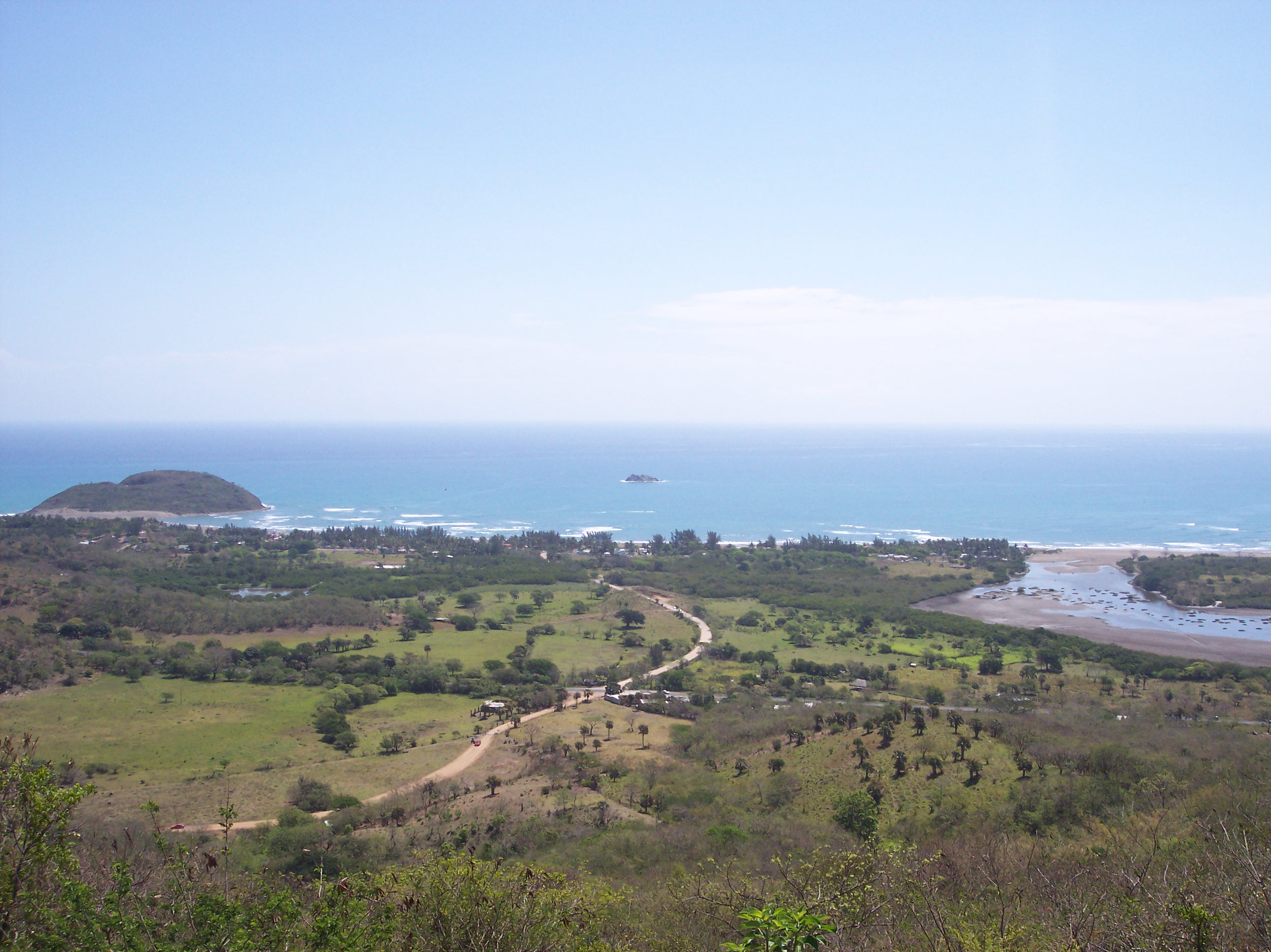|
Tampico
Tampico is a city and port in the southeastern part of the Mexican state of Tamaulipas. It is located on the north bank of the Pánuco River, about inland from the Gulf of Mexico, and directly north of the state of Veracruz. Tampico is the fifth-largest city in Tamaulipas, with a population of 314,418 in the city proper and 929,174 in the metropolitan area. During the period of Mexico's first oil boom in the early 20th century, the city was the "chief oil-exporting port of the Americas" and the second-busiest in the world, yielding great profits that were invested in the city's famous architecture, often compared to that of Venice and New Orleans.Dave Graham, "Crime-ridden state poses acid test for Mexican oil reform" ''Reuters,'' 25 June 2014, acces ... [...More Info...] [...Related Items...] OR: [Wikipedia] [Google] [Baidu] |
Tampico Metropolitan Area
The Tampico metropolitan area is the third most populous metropolitan area in the state of Tamaulipas, in the country of Mexico. Its in-state metropolitan area of Tamaulipas includes the municipalities of Tampico, Ciudad Madero, Altamira. On the other hand, the out-of-state municipalities include Pueblo Viejo and Pánuco, from the state of Veracruz. The metropolitan area of Tampico currently has a population of approximately 864,584. Populated Places The metropolitan area of Tampico is formed by the following populated places: In Tamaulipas * Tampico: 309,003 * Ciudad Madero: 197,216 * Altamira: 212,001 In Veracruz * Pueblo Viejo: 55,358 * Pánuco: 91,006 See also *Metropolitan areas of Mexico Metropolitan areas of Mexico have been traditionally defined as the group of municipalities that heavily interact with each other, usually around a core city, in Mexico. The phenomenon of conurbation, metropolization in Mexico is relatively recent, ... * Laredo – Nuevo Laredo ... [...More Info...] [...Related Items...] OR: [Wikipedia] [Google] [Baidu] |
Tamaulipas
Tamaulipas, officially the Free and Sovereign State of Tamaulipas, is a state in Mexico; one of the 31 states which, along with Mexico City, comprise the 32 federal entities of Mexico. It is divided into 43 municipalities. It is located in northeast Mexico and is bordered by the states of Nuevo León to the west, San Luis Potosí to the southwest, and Veracruz to the southeast. To the north, it has a stretch of the U.S.–Mexico border with the state of Texas, and to the east it is bordered by the Gulf of Mexico. In addition to the capital city, Ciudad Victoria, the state's largest cities include Reynosa, Matamoros, Nuevo Laredo, Tampico, and Mante. Etymology The name Tamaulipas is derived from ''Tamaholipa'', a Huastec term in which the ''tam-'' prefix signifies "place (where)". No scholarly agreement exists on the meaning of ''holipa'', but "high hills" is a common interpretation. Another explanation of the state name is that it is derived from ''Ta ma ho'lipam ... [...More Info...] [...Related Items...] OR: [Wikipedia] [Google] [Baidu] |
Las Flores, Tampico
Las Flores is an archaeological site pertaining to the Huastec civilization in the city of Tampico, Tamaulipas, in Mexico. Background According to paleontological and archaeological records, the earliest settlements in Tamaulipas are dated to twelve thousand years before the Christian era, and are identified in the so-called "complex Devil", in allusion to a Canyon of the Sierra of Tamaulipas. Later, at the Tropic of cancer level, are the first manifestations of native civilization, linked to the discovery and domestication of corn and thus to the beginning of agricultural life and the grouping of permanent settlements. As a result, in this period began to appear manifestations of Mesoamerican cultures in this region. Before the arrival of the Spanish invaders, the Tamaulipas territory was occupied by various ethnic groups, one of them were the Wasteks. Américo Vespucio, famous Italian cartographer aftero whom the American continent was named, visited the Tamaulipas territor ... [...More Info...] [...Related Items...] OR: [Wikipedia] [Google] [Baidu] |
Pánuco River
The Pánuco River (, ), also known as the ''Río de Canoas'', is a river in Mexico fed by several tributaries including the Moctezuma River and emptying into the Gulf of Mexico. The river is approximately long and passes through or borders the states of Mexico, Hidalgo, Querétaro, San Luis Potosí, Tamaulipas, and Veracruz. According to the ''Atlas of Mexico'', it is the fourth-largest river in Mexico by volume of runoff, and forms the sixth-largest river basin in Mexico by area. The Pánuco is formed by the confluence of its two main tributaries, the Moctezuma River, Moctezuma and the Tampaón (or Tamuín). The Moctezuma originates on the Mexican Plateau, and its headwater streams include the Tula River. It runs northward, forming the state border between Hidalgo and Querétaro as it moves toward San Luis Potosí, before turning eastward to carve a deep canyon through the Sierra Madre Oriental. Once emerging onto the Gulf Coastal Plain, it runs northeastwards, joined fr ... [...More Info...] [...Related Items...] OR: [Wikipedia] [Google] [Baidu] |
Mexican War Of Independence
The Mexican War of Independence (, 16 September 1810 – 27 September 1821) was an armed conflict and political process resulting in Mexico's independence from the Spanish Empire. It was not a single, coherent event, but local and regional struggles that occurred within the same period, and can be considered a List of wars of independence, revolutionary civil war. It culminated with the drafting of the Declaration of Independence (Mexico), Declaration of Independence of the Mexican Empire in Mexico City on September 28, 1821, following the collapse of royal government and the military triumph of forces for independence. Mexican independence from Spain was not an inevitable outcome of the relationship between the Spanish Empire and its most valuable overseas possession, but events in Spain had a direct impact on the outbreak of the armed insurgency in 1810 and the course of warfare through the end of the conflict. Napoleon, Napoleon Bonaparte's Peninsular War, invasion of Spa ... [...More Info...] [...Related Items...] OR: [Wikipedia] [Google] [Baidu] |
Veracruz
Veracruz, formally Veracruz de Ignacio de la Llave, officially the Free and Sovereign State of Veracruz de Ignacio de la Llave, is one of the 31 states which, along with Mexico City, comprise the 32 Political divisions of Mexico, Federal Entities of Mexico. Located in eastern Mexico, Veracruz is bordered by seven states, which are Tamaulipas, San Luis Potosí, Hidalgo (state), Hidalgo, Puebla, Oaxaca, Chiapas, and Tabasco. Veracruz is divided into Municipalities of Veracruz, 212 municipalities, and its capital city is Xalapa, Xalapa-Enríquez. Veracruz has a significant share of the coastline of the Gulf of Mexico on the east of the state. The state is noted for its mixed ethnic and indigenous populations. Cuisine of Veracruz, Its cuisine reflects the many cultural influences that have come through the state because of the importance of the port of Veracruz (city), Veracruz. In addition to the capital city, the state's largest cities include Veracruz, Coatzacoalcos, Córdoba, V ... [...More Info...] [...Related Items...] OR: [Wikipedia] [Google] [Baidu] |
Andrés De Olmos
Andrés de Olmos (c.1485 – 8 October 1571) was a Spanish Franciscan priest and grammarian and ethno-historian of Mexico's indigenous languages and peoples. He was born in Oña, Burgos, Spain and died in Tampico in New Spain (modern-day Tampico, Tamaulipas, Mexico). He is best known for his grammar, the first in the New World, of the Classical Nahuatl language. Life In his early youth, Andrés de Olmos went to live with a married sister in Olmos, whence his name. He entered the Franciscan convent in Valladolid and was ordained a priest. He was appointed an assistant to Fray Juan de Zumárraga in 1527. He accompanied Zumárraga when the latter was sent by the Emperor Charles V in 1528 to be the first bishop of New Spain. As early as 1533, Olmos was recognized as unusually adept in the Nahuatl language and well-informed about the history and customs of the Nahuatl-speaking peoples. He contributed to the founding in 1536 of the Colegio de Santa Cruz de Tlatelolco, the firs ... [...More Info...] [...Related Items...] OR: [Wikipedia] [Google] [Baidu] |
Altamira, Tamaulipas
Altamira is a port city on the Gulf of Mexico and is located near the southeastern tip of the state of Tamaulipas in Mexico. It is the second-largest city in the municipality of Altamira. To the south is Tampico, also in this state. The city is part of the Tampico Metropolitan Area. Its port business is mostly containerized cargo for ocean-going ships. According to the INEGI 2010 census, the city has a population of 59,536, the tenth-largest in the state. : Instituto Nacional de Estadística, Geografía e Informática References Populated places in Tamaulipas |
North American Central Time Zone
The North American Central Time Zone (CT) is a time zone in parts of Canada, the United States, Mexico, Central America, and a few Caribbean Islands, Caribbean islands. In parts of that zone (20 states in the US, three provinces or territories in Canada, and several border municipalities in Mexico), the Central Time Zone is affected by two time designations yearly: Central Standard Time (CST) is observed from the first Sunday in November to the second Sunday in March. It is UTC−06:00, six hours behind Coordinated Universal Time (UTC) and designated internationally as UTC−6. From the second Sunday in March to the first Sunday in November the same areas observe daylight saving time (DST), creating the designation of Central Daylight Time (CDT), which is UTC−05:00, five hours behind UTC and known internationally as UTC−5. Regions using Central Time Canada The province of Manitoba is the only Provinces and territories of Canada, province or territory in Canada that obser ... [...More Info...] [...Related Items...] OR: [Wikipedia] [Google] [Baidu] |
Gulf Of Mexico
The Gulf of Mexico () is an oceanic basin and a marginal sea of the Atlantic Ocean, mostly surrounded by the North American continent. It is bounded on the northeast, north, and northwest by the Gulf Coast of the United States; on the southwest and south by the Mexican states of Tamaulipas, Veracruz, Tabasco, Campeche, Yucatán, and Quintana Roo; and on the southeast by Cuba. The coastal areas along the Southern U.S. states of Texas, Louisiana, Mississippi, Alabama, and Florida, which border the Gulf on the north, are occasionally referred to as the "Third Coast" of the United States (in addition to its Atlantic and Pacific coasts), but more often as "the Gulf Coast". The Gulf of Mexico took shape about 300 million years ago (mya) as a result of plate tectonics. The Gulf of Mexico basin is roughly oval and is about wide. Its floor consists of sedimentary rocks and recent sediments. It is connected to part of the Atlantic Ocean through the Straits of Florida between the ... [...More Info...] [...Related Items...] OR: [Wikipedia] [Google] [Baidu] |
New Spain
New Spain, officially the Viceroyalty of New Spain ( ; Nahuatl: ''Yankwik Kaxtillan Birreiyotl''), originally the Kingdom of New Spain, was an integral territorial entity of the Spanish Empire, established by Habsburg Spain. It was one of several domains established during the Spanish colonization of the Americas, Spanish conquest of the Americas, and had its capital in Mexico City. Its jurisdiction comprised a large area of the southern and western portions of North America, mainly what became Mexico and the Southwestern United States, but also California, Florida and Louisiana (New Spain), Louisiana; Central America as Mexico, the Caribbean like Hispaniola and Martinique, Martinica, and northern parts of South America, even Colombia; several Pacific archipelagos, including the Philippines and Guam. Additional Asian colonies included "Spanish Formosa", on the island of Taiwan. After the 1521 Spanish conquest of the Aztec Empire, conqueror Hernán Cortés named the territory New S ... [...More Info...] [...Related Items...] OR: [Wikipedia] [Google] [Baidu] |
Huastec Civilization
The Huastec civilization (sometimes spelled Huaxtec or Wastek) was a pre-Columbian civilization of Mesoamerica, occupying a territory on the Gulf coast of Mexico that included the northern portion of Veracruz Veracruz, formally Veracruz de Ignacio de la Llave, officially the Free and Sovereign State of Veracruz de Ignacio de la Llave, is one of the 31 states which, along with Mexico City, comprise the 32 Political divisions of Mexico, Federal Entit ... state, and neighbouring regions of the states of Hidalgo (state), Hidalgo, Querétaro, San Luis Potosí, and Tamaulipas.Diehl 2000, pp. 184–185. The Huastec people were an early offshoot of the Maya peoples that migrated northwards. Surviving remains from the Huastec civilization include several large archaeological sites, a well-preserved temple, and a large amount of stone sculpture. By the Mesoamerican chronology#Postclassic period, Late Postclassic (c. AD 1200–1521), the Huastecs had developed Metallurgy in pre-Columb ... [...More Info...] [...Related Items...] OR: [Wikipedia] [Google] [Baidu] |


